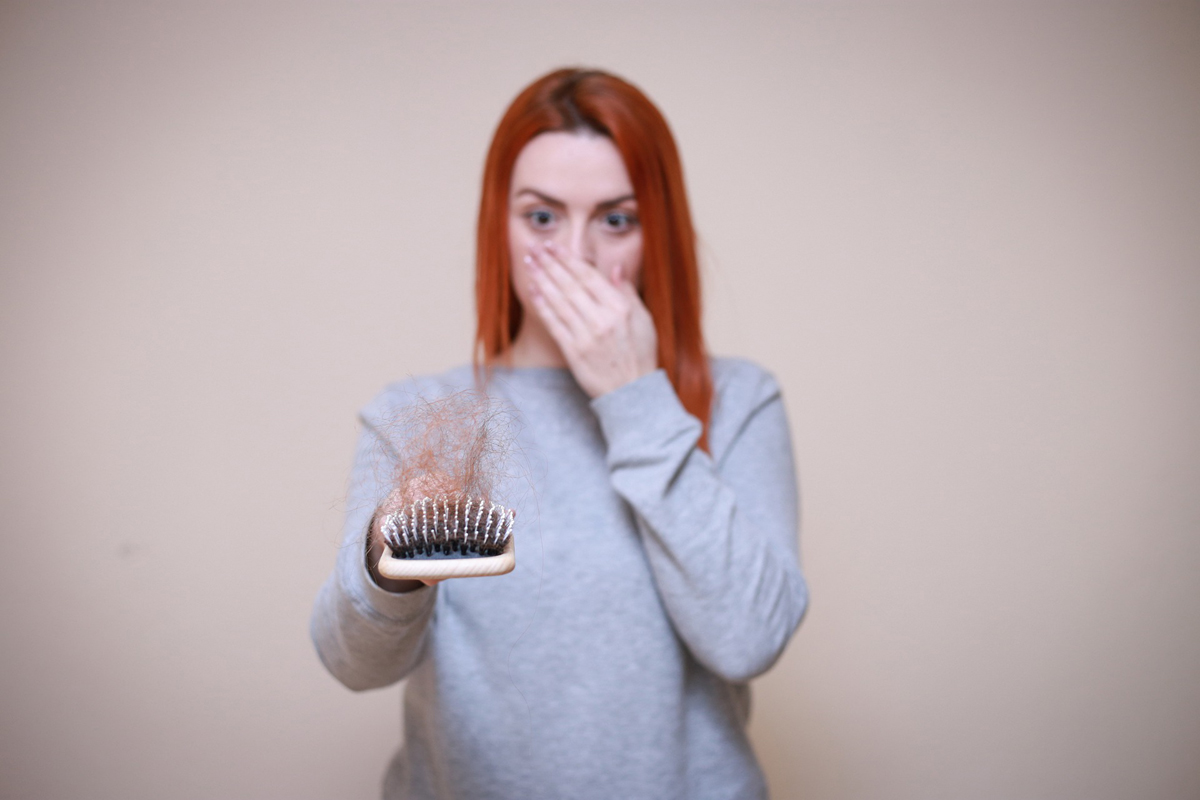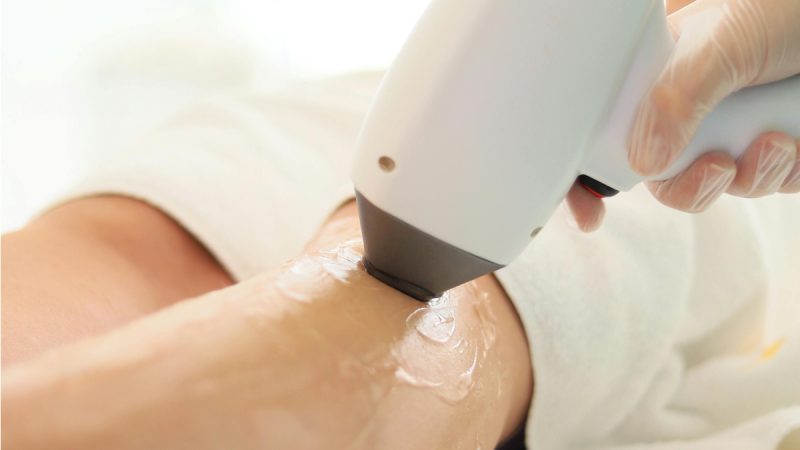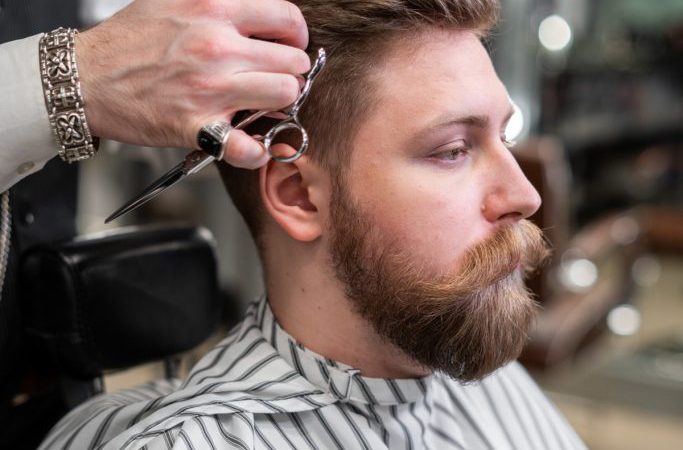Alopecia Areata Facts

Alopecia Areata is a medical condition that affects the hair follicles and results in the loss of hair in round patches usually about the size of a quarter. The amount of hair loss patches varies from individual to individual. Some people only experience a few patches of hair loss in other cases people may lose much more. Only in rare cases does alopecia areata cause a total loss of all hair; head and the body.
Who is likely to Get Alopecia Areata?
Two percent of the world population is affected by Alopecia Areata, with 4.7 million people affected in the US”.
Anyone is able to get Alopecia Areata, but it is more likely to start in childhood. There appears to be a genetic connection, if someone in your family has Alopecia Areata you are more likely to get it as well “‘.
Causes of Alopecia Areata
Alopecia Areata is an auto immune disorder. Instead of attacking infection, as the immune system is supposed to; auto immune disorder attacks parts of the body instead. In the case of Alopecia Areata, the auto immune disorder attacks the hair follicles.
While the exact cause of alopecia areata is not clear, it appears to be a genetic predisposition that is triggered by an external variable. The trigger may be environmental .
Living with Alopecia Areata
Hair is an important part of self identity and is often glamorized by the media, movies and magazines. For a young child, teen or working adult, the unpredictability of Alopecia Areata can be devastating. Social reaction can create more problems including acting as a catalyst to agitate the frustration and isolation.
Wigs, eyebrow and eye lash options are available but often are expensive and sometimes make the situation appear worse if they are not well crafted.
Support groups, online sites and education can all help those suffering from the effects of Alopecia Areata.
Treatment of Alopecia Areata
Part of the unpredictability of Alopecia Areata is that it can change and shift in its progress without warning. The hair follicles can regrow hair, but are waiting, seemingly for a new trigger to start the regrowth. The hair can come and go several times.
For Mild, Patchy Alopecia Areata
Cortisone Treatments
A dermatologist can inject cortisone into the bald patches, which may stimulate new hair growth. Usually if there is hair regrowth it will be within four weeks of the injections, which will need to be repeated; generally once a month.
Topical Minoxidil
A 5% solution of Minoxidil can be applied twice a day to stimulate regrowth on scalp and eyebrow areas. It can be discontinued if the hair returns. A 2% topical solution of Minoxidil is not effective on its own but can be effective if cortisone cream is used 30 minutes after the application of Minoxidil.
Anthralin cream or ointment
This tar like synthetic substance was developed to treat psoriasis. Topically applied to the bald patches, then removed within 60 minutes; brown discoloration can occur and can be irritating to the skin.
Alopecia Areata Totalis and Alopecia Areata Universalis (Hair loss over 50%)
In some cases the hair loss on the scalp is total; in other cases all body hair is lost. For these cases the treatment options are more limited.
Cortisone Pills
Cortisone taken internally is stronger than the injection application. There are side effects, the prevent cortisone pills from being used in alopecia areata patients and hair loss may return if the cortisone pills are stopped.
Topical Immunotherapy
An allergic reaction is created on the skin with using chemical application; the reaction will resemble poison ivy. 40% of patients undergoing this treatment will regrow hair within 6 months.
References:
National Institute of Arthritis, Musculoskeletal and Skin Diseases online @ http://www.niams.nih.gov/Health_Info/Alopecia_Areata/alopecia_areata_ff.asp
National Alopecia Areata Foundation online @ http://www.naaf.org/site/PageServer?pagename=about_alopecia_intro
National Institute of Arthritis, Musculoskeletal and Skin Diseases online @ http://www.niams.nih.gov/Health_Info/Alopecia_Areata/alopecia_areata_ff.asp
National Institute of Arthritis, Musculoskeletal and Skin Diseases online @ http://www.niams.nih.gov/Health_Info/Alopecia_Areata/alopecia_areata_ff.asp
National Alopecia Areata Foundation online @ http://www.naaf.org/site/PageServer?pagename=about_alopecia_intro
The Author:
Jeremy Langart is a hair loss professional, helping thousands of people understand the real causes of hair loss, and assisting them in finding effective hair loss treatment.








